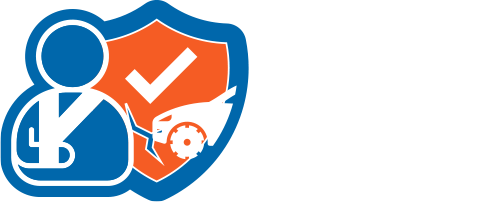Frequently Asked Questions (FAQs)
Get clear, straightforward answers to the most asked MVA claims questions.
General Questions
Understanding Coverage and Claims
What incidents are covered under MVA insurance?
MVA insurance primarily covers damages and injuries sustained in collisions involving your vehicle. This can include accidents with other vehicles, pedestrians, or objects. The specific types of coverage you have (e.g., liability, collision, comprehensive) determine what is covered.
Is MVA insurance mandatory?
In most regions, a minimum level of MVA insurance, typically liability coverage, is legally required for all drivers. This ensures that there’s financial protection for damages and injuries you might cause to others in an accident. Always check your local regulations.
What is collision coverage?
Collision coverage pays for damages to your own vehicle resulting from a collision, regardless of who is at fault. This type of coverage is often optional but highly recommended, especially for newer or more valuable vehicles.
What documents should I collect at the accident scene?
Important documents include driver’s license and insurance info of all parties, vehicle photos, witness contacts, accident report number, and police report if filed.
Does MVA insurance cover my medical expenses?
Depending on your policy, MVA insurance can cover your medical expenses through various coverages like Personal Injury Protection (PIP) or Medical Payments (MedPay). These coverages help pay for your medical bills, regardless of fault.
What should I do immediately after an MVA?
After an MVA, ensure everyone’s safety, call emergency services if needed, exchange information with other parties, and document the scene. It’s also crucial to notify your insurance company as soon as possible, even if you’re not at fault.
What is a deductible in MVA insurance?
A deductible is the amount of money you must pay out-of-pocket before your insurance coverage kicks in for a claim. For example, if you have a $500 deductible on collision coverage, you pay the first $500 of repair costs.
Are rental cars covered during my vehicle’s repair?
Some policies offer rental reimbursement as an add-on, which pays for a rental car while your vehicle is being repaired after a covered accident.
What is a "no-fault" MVA insurance system?
In a “no-fault” system, your own insurance company pays for your medical expenses and other specific damages, regardless of who caused the accident. This is intended to streamline the claims process and reduce litigation.
Does MVA insurance cover damages to property?
Yes, the property damage liability component of your MVA insurance covers damage you cause to other people’s property, which can include fences, buildings, or other non-vehicular items, if you are found at fault.
Guided Steps
From Start to Finish
Fill the Form
Share details about your accident: vehicle type, situation, and coverage concerns.
Claims Processing
We provide tailored assistance to help you understand MVA coverage and claims.
Get the Claims
No guesswork, we stay connected until you get the claims you have processed.

